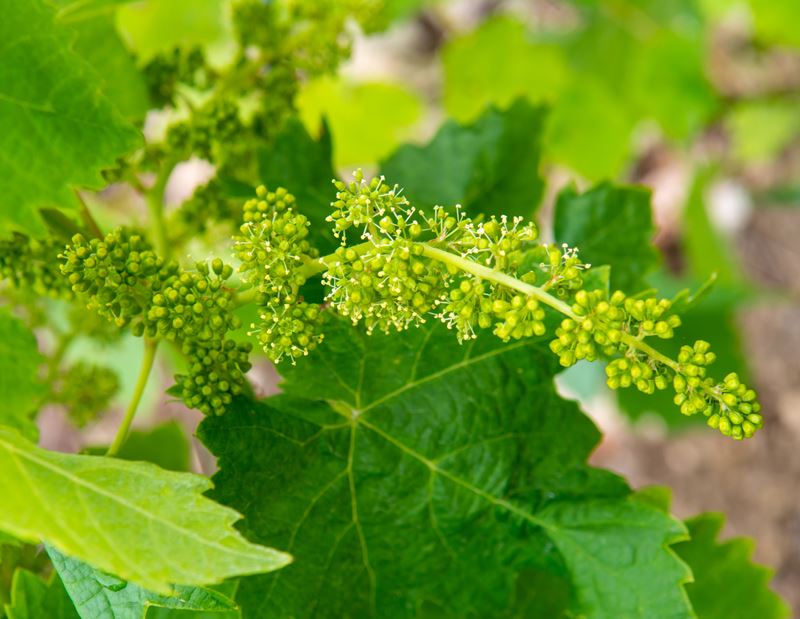The hidden significance of grapevine flowers in winemaking
The impact of flower to fruit transformation on wine quality and yield

The flowering phase of grapevines, though not as visually striking as the blooms found in many other plants, plays a pivotal role in the winemaking process. This period marks the beginning of the transformation from flower to fruit, setting the stage for the development of grapes that will eventually be harvested and transformed into wine. Understanding the complexities of this phase is crucial for viticulturists and winemakers alike, as it directly influences both the quantity and quality of the grape yield.
Grapevines, or Vitis vinifera, are hermaphroditic plants, meaning each flower contains both male and female reproductive organs. This characteristic is beneficial for the self-pollination process. The flowers themselves are part of an inflorescence, essentially a cluster or "bunch" of flowers, which aptly mirrors the grape bunches they will become. Unlike the bold, vibrant flowers of many plants that are designed to attract pollinators, vine flowers are small, inconspicuous, and lack visible petals.
Instead of petals, these flowers possess a green cap known as the calyptra or corolla, which encases the reproductive organs. During the brief flowering period, which lasts from one to three weeks, this cap falls off, exposing the stamens and pistils and significantly increasing the likelihood of successful fertilization.
The Critical Phase of Flowering to Fruit Set
Following pollination, the vine enters a stage known as fruit set, where the flowers begin their transformation into fruit. Initially, these nascent grapes are tiny, hard, and green, resembling peas. Over time, they will grow and soften, absorbing water and nutrients from the vine. This stage is crucial; the number of flowers that successfully develop into fruit directly impacts the potential yield of the vineyard.
The flowering stage is highly sensitive to environmental conditions. Adverse weather, such as rain, high winds, or extreme temperatures, can hinder pollination and lead to poor fruit set, resulting in a reduced harvest. Conversely, ideal weather conditions can facilitate a higher rate of successful pollination and fruit development.
Implications for Viticulture and Winemaking
The flowering phase is a critical determinant of a vineyard's success for the season. Viticulturists monitor this period closely, as it provides early indicators of the potential harvest volume and the need for interventions to support vine health and fruit development. The conditions during flowering, along with the subsequent fruit set stage, can also offer early insights into the possible quality of the wine that will be produced, influencing decisions about vineyard management practices, harvest timing, and winemaking techniques.
Understanding the nuances of the vine flowering process is not just the purview of the viticulturist. Winemakers, too, must appreciate the implications of this stage, as the characteristics of the resulting fruit are foundational to the wine's ultimate flavor profile, aroma, and quality. This interconnectedness underscores the importance of every phase of the vine's lifecycle in the creation of wine, reminding us that the journey from vine to wine is a complex interplay of biology, environment, and human stewardship.
The flowering of grapevines, though a modest and often overlooked aspect of viticulture, is a fascinating and crucial phase in the life cycle of a vine. It is a testament to the complexity and wonder of the natural world, and its successful culmination is essential for the production of the wines that are cherished around the globe.
Founded in 2007, Vinetur® is a registered trademark of VGSC S.L. with a long history in the wine industry.
VGSC, S.L. with VAT number B70255591 is a spanish company legally registered in the Commercial Register of the city of Santiago de Compostela, with registration number: Bulletin 181, Reference 356049 in Volume 13, Page 107, Section 6, Sheet 45028, Entry 2.
Email: [email protected]
Headquarters and offices located in Vilagarcia de Arousa, Spain.